Jun 10, 2025
Why Creators BURNOUT From YouTube Algorithm Changes
As a creator navigating the ever-changing landscape of YouTube, I’ve personally felt the crushing weight of the algorithm’s unpredictable nature. It’s a challenge that many of us face but few openly discuss. In this article, I’m going to share my experience with the YouTube algorithm, why it leads to burnout for so many creators, and — most importantly — how you can avoid falling into that trap. This isn’t just theory; it’s based on real struggles and solutions that have helped me regain control and joy in my creative journey.
The Harsh Reality of the YouTube Algorithm
Have you ever spent days, maybe even weeks, crafting a 45-minute masterpiece? A video that’s perfectly edited, filled with deep insights, flawless audio, and cinematic visuals — something you’re truly proud of? And then, out of nowhere, a short clip of someone yelling into their phone for 90 seconds while snacking and tossing in some quick captions blows up with 50,000 views, while your polished work struggles to hit 2,000 views?
It’s maddening. It makes you want to flip your desk, scream into a pillow, or even quit altogether. YouTube can feel like it’s whispering in your ear, “Don’t even try.” And the worst part? It starts to feel true. You might think, “Why bother? Someone could make a video about curing cancer with garden vegetables, and it would still get smoked by MrBeast launching his phone into a ceiling fan.”
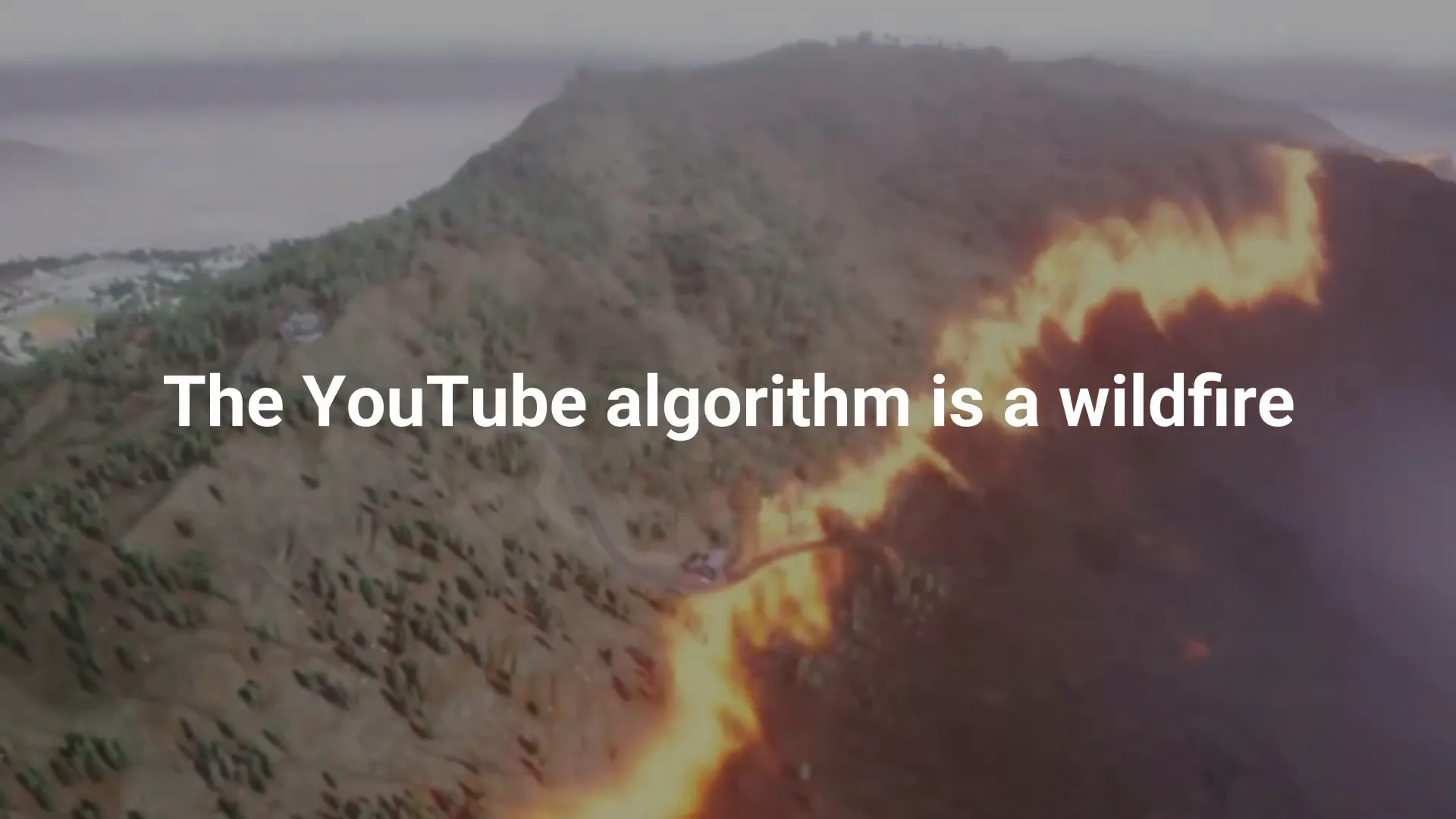
Why does this happen? Because the algorithm isn’t human. It doesn’t watch your video and think, “Wow, this took a lot of effort. Let’s reward that.” Instead, it watches how people react. The YouTube algorithm works like a wildfire:
- You publish a video and light a small flame.
- YouTube shows it to a small group of people.
- If those people click, watch, and engage, the flame spreads.
- If they don’t, the flame fizzles out before it even gets started.
The algorithm doesn’t care how long your video took to make or how hard you worked. It cares about one thing: are people watching your video all the way through and sharing it? That’s the brutal reality of the system.
Adapting to the Algorithm: From Artistry to Bait
Because the algorithm rewards engagement above all else, creators start to adapt — but not always in healthy ways. Instead of creating art, we begin creating bait. We shape our content around what performs rather than what we truly care about. The creative spark that once fueled us starts to burn out. We hit a wall so hard it shakes our identity. We stop feeling like creators and start feeling like machines.
Every day becomes a hustle to outsmart the algorithm, to find the next viral idea. Every thumbnail, every keyword, every title feels like it could be the difference between success and failure. I’ve been there. I’ve watched my creativity dry up. Ideas felt dull. Motivation disappeared. I wasn’t excited to hit record anymore.
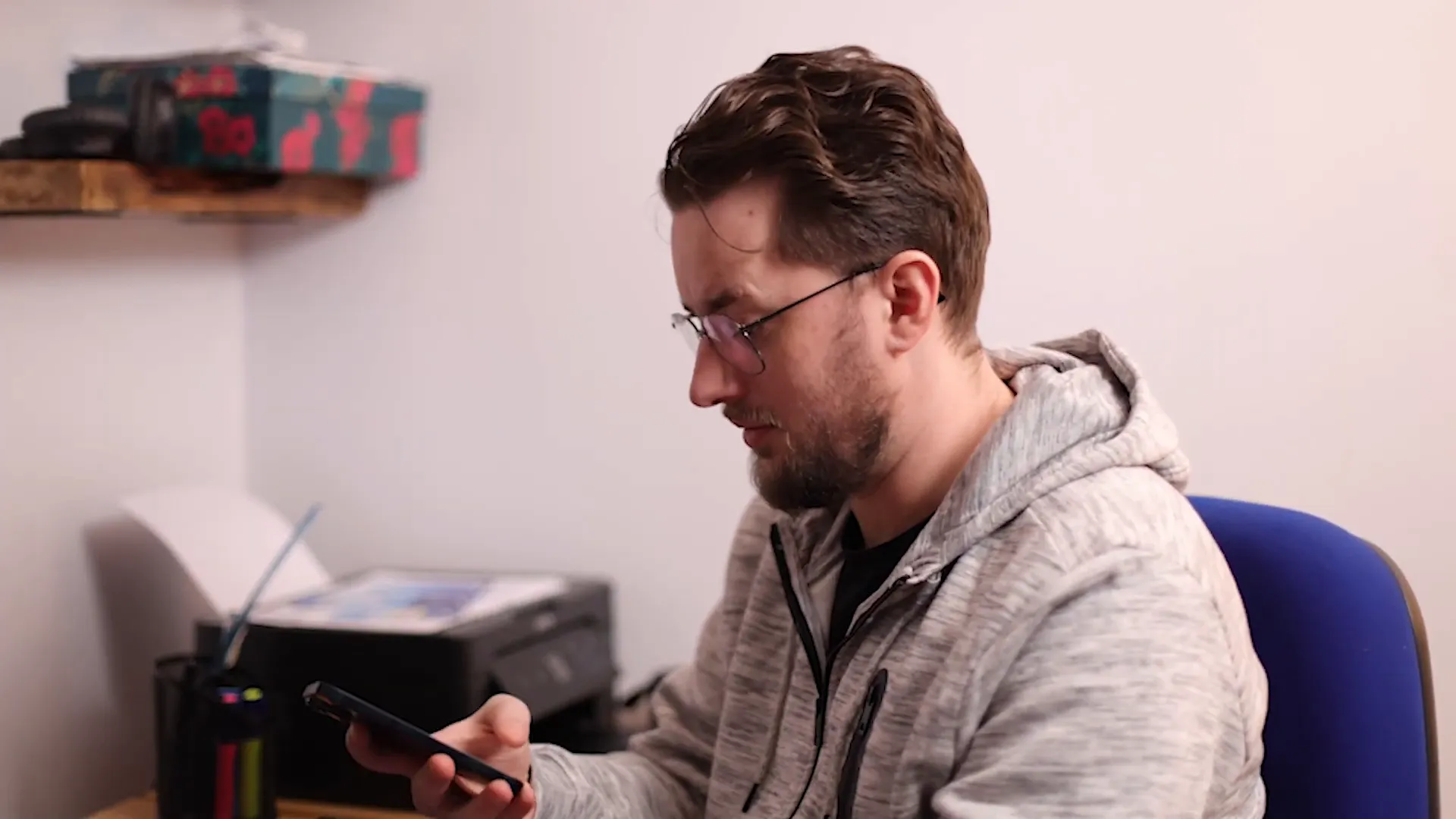
I felt like I was drowning in a sea of half-finished scripts and half-baked uploads. Waking up every morning already behind, drinking coffee like it was a lifeline, refreshing YouTube Studio every hour hoping the numbers moved. I locked myself in my room for days, obsessing over edits, sacrificing sleep to hit deadlines — deadlines I made up out of fear.
Fear that the algorithm would forget me if I dared to take a break. Fear that my audience would move on. Fear that I’d disappear.
The Poison of Comparison and Self-Doubt
And then the final hit: seeing another creator blow up overnight. Suddenly, you question everything. Am I even good at this? Is the algorithm broken? Why them? Why not me?
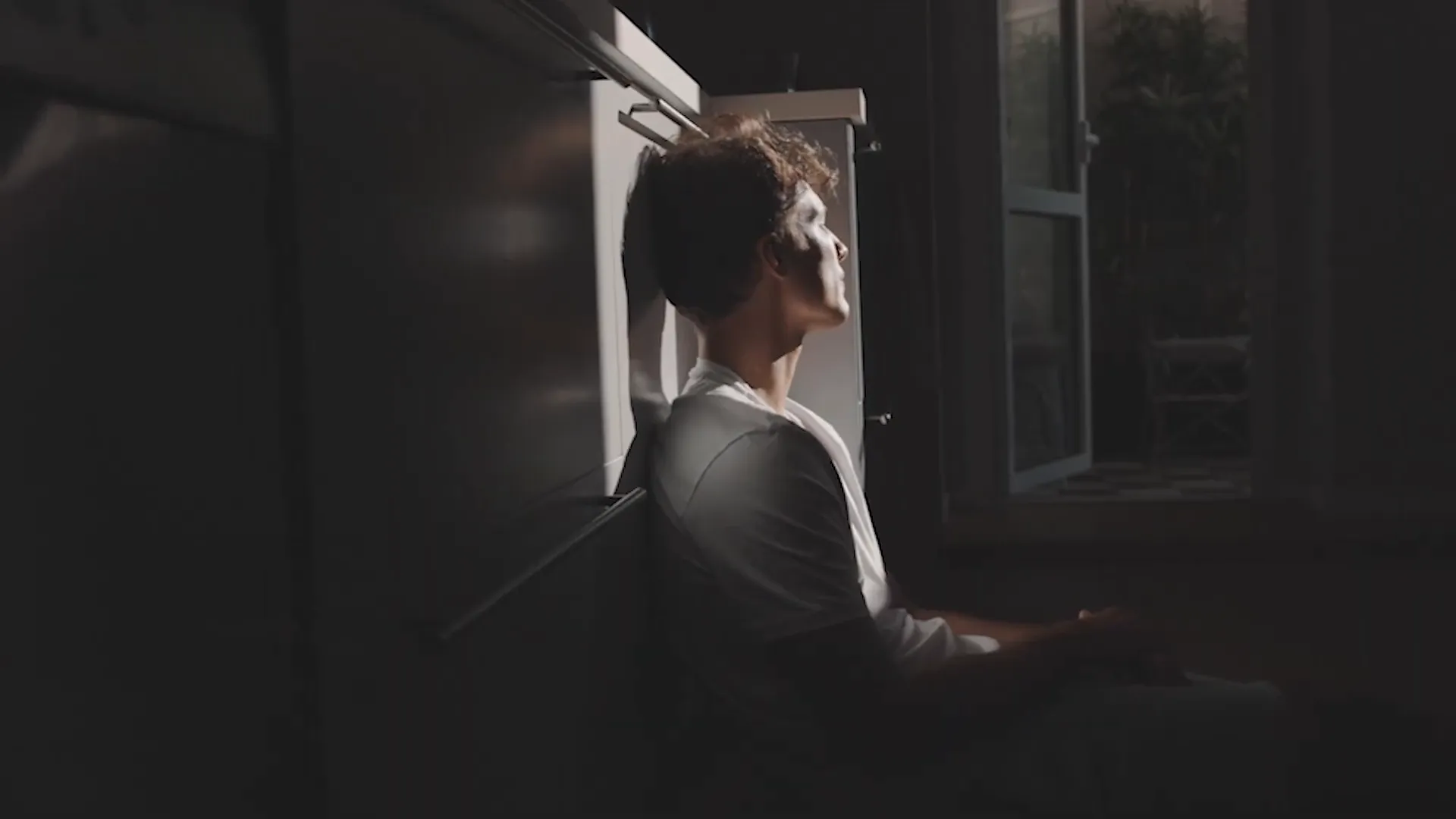
The jealousy, self-doubt, and endless comparison loop is poisonous. It eats you from the inside. You start fixating on subscriber counts, revenue, and every number that tells you how valuable you are. And it spirals fast.
The worst part? No one talks about it because everyone’s too busy pretending they’ve got it all figured out. But here’s the truth: you’re not alone. That crushing pressure, exhaustion, and emptiness is not weakness. It’s what happens when passion collides with performance demands. It happens to all of us.
Understanding the Real Killer: Expectation Without Self-Care
The real killer isn’t the algorithm itself. It’s the expectation that you must feed it constantly without taking care of yourself. In niches like gaming, vlogs, or news, the pressure to post frequently is even worse. If you slow down even for a second, you start believing your audience and the algorithm will forget you.
So, you push harder, sleep less, and make more — until one day, you just can’t anymore.
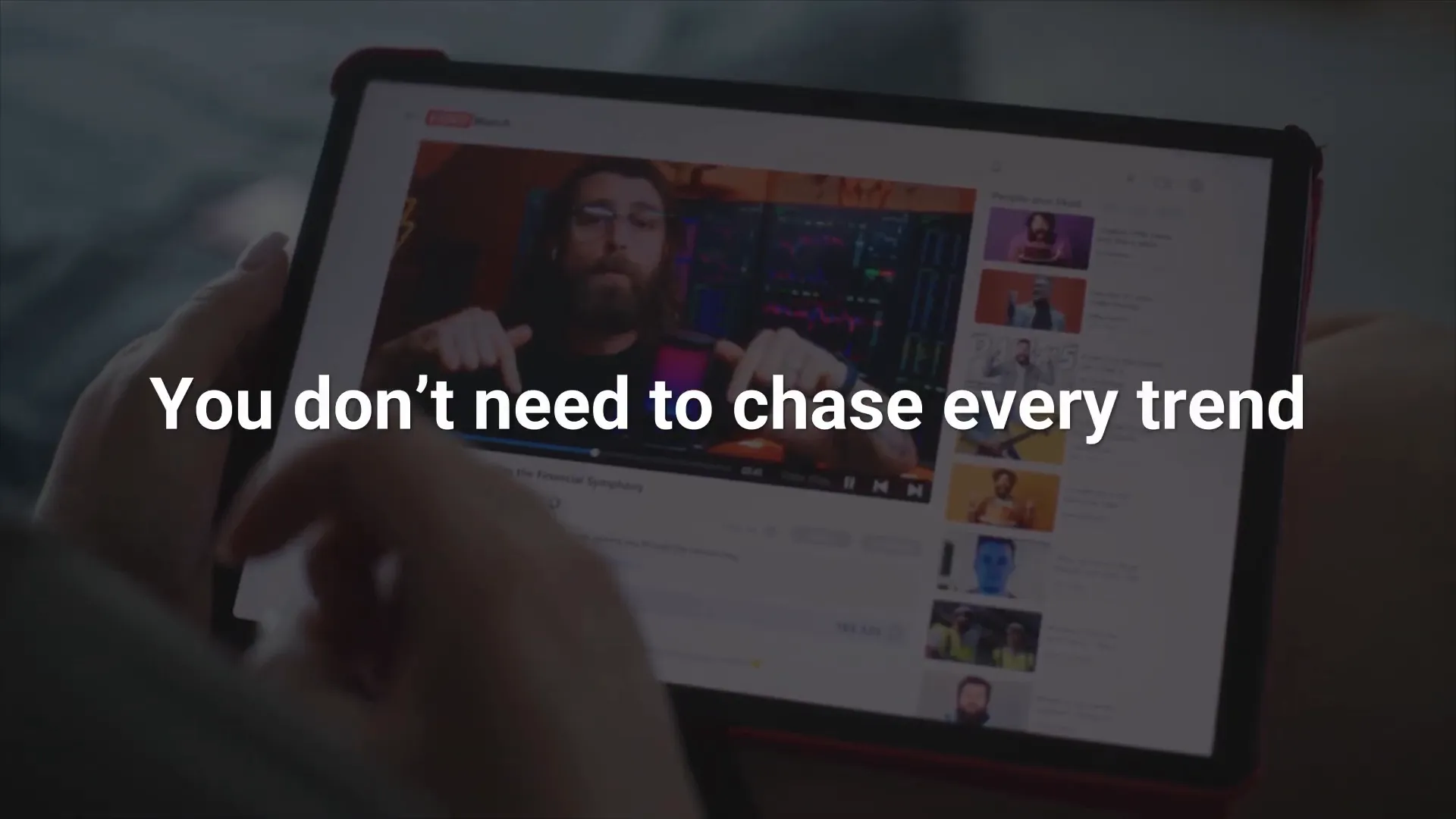
I wish someone had told me this earlier: you don’t need to post every day. You don’t need to chase every trend. You don’t need to kill yourself to grow. Taking a break isn’t quitting; it’s rebuilding.
Every creator at the very top — PewDiePie, for example — has taken time off. And when they came back, they were better. Because rest isn’t the enemy; burnout is.
How I Reclaimed My Creativity: Boundaries and Strategy
I took a break. And when I came back, it was with boundaries. I started batching my videos and planning my shoots. I created actual filming blocks and scheduled off days — non-negotiable days off. I began treating this like a business, not a panic attack.
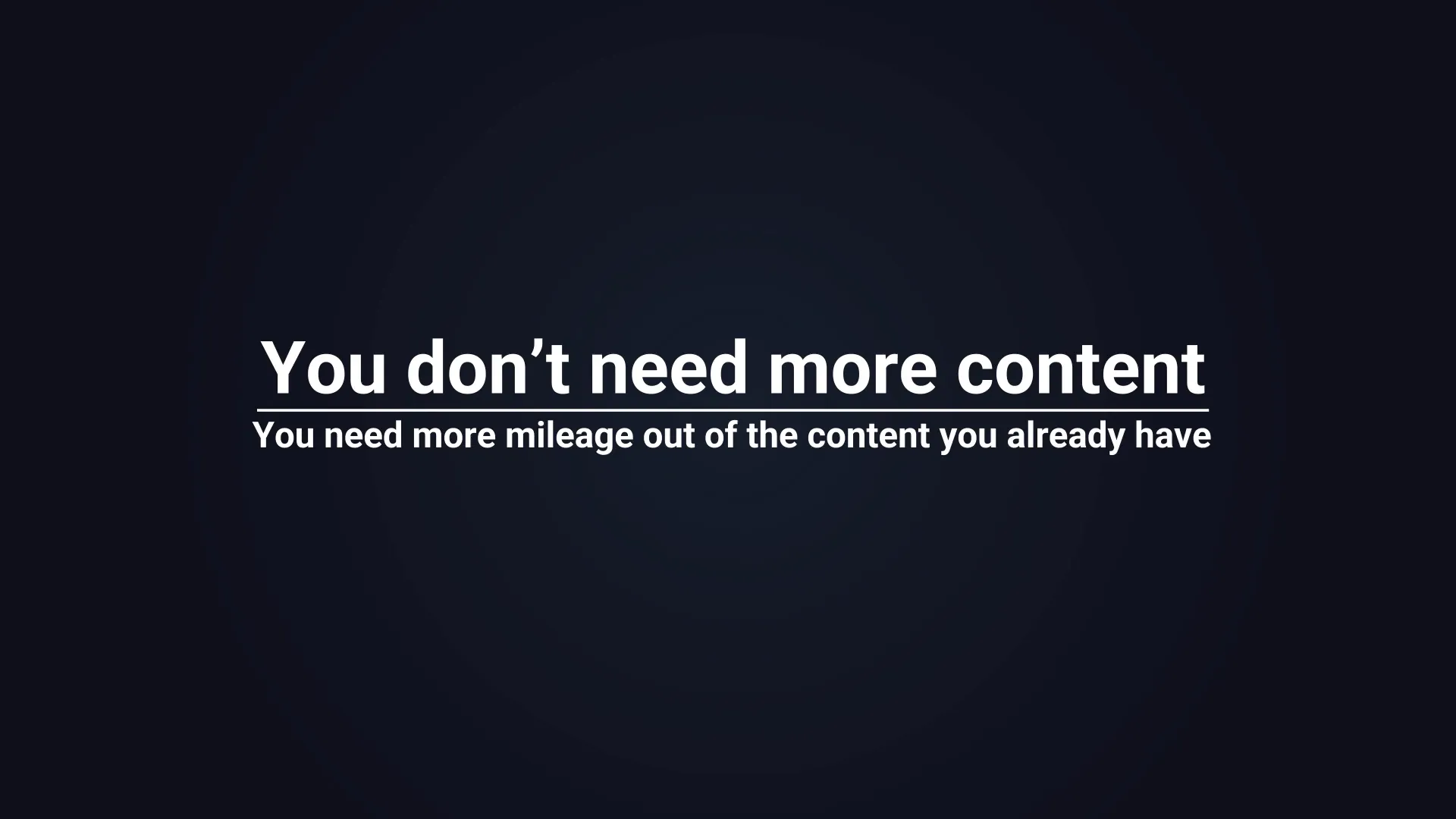
More importantly, I stopped starting from scratch every time. You don’t need more content; you need more mileage out of the content you already have.
Think about it. You filmed a great video — why let it die after one upload? That same content can be turned into a blog post, a newsletter, Instagram clips, TikToks, tweets, or even another video that expands on a single point. One video can become five. One message can live across every platform. One idea can give you a week of content without ever opening a blank doc again.
Repurposing: The Key to Sustainable Growth
This is what I do now. It’s how I keep creating without burning out. It’s called repurposing. And if you do it right, it will change everything for you.
You’ll stop chasing the algorithm and start designing around it. You’ll stop bleeding energy and start building leverage. You’ll stop feeling like you’re always behind and finally start getting ahead.
This is the move. You don’t need a team or a full studio to pull it off. There are tools that can do most of this for you. I have one myself because I needed it. And I’ll share all of that in the next article.
The New Game: Create Once, Repurpose, Repeat
Here’s the truth: you’re not behind. You’re not failing. You’re just playing the wrong game. The new game is:
Create once, repurpose, repeat.
The algorithm rewards hustle mixed with strategy. It’s not about how much you post; it’s about how efficiently you extract value from what you’ve already made.
Every video you create should be a content nucleus, not a one-and-done. You squeeze every drop from it, turning one upload into a blog post, a dozen short-form clips, tweets, carousels, newsletters. Now, you’re not feeding the algorithm scraps — you’re feeding it a feast.
It also signals consistency without chaos. Because when you repurpose, you stay visible without burning the candle at both ends. It gives your best ideas a second life, a third chance, a fourth audience.
Instead of guessing what to make next, you’re building a system that scales your creativity. That’s the new game. And if you play it right, you win.